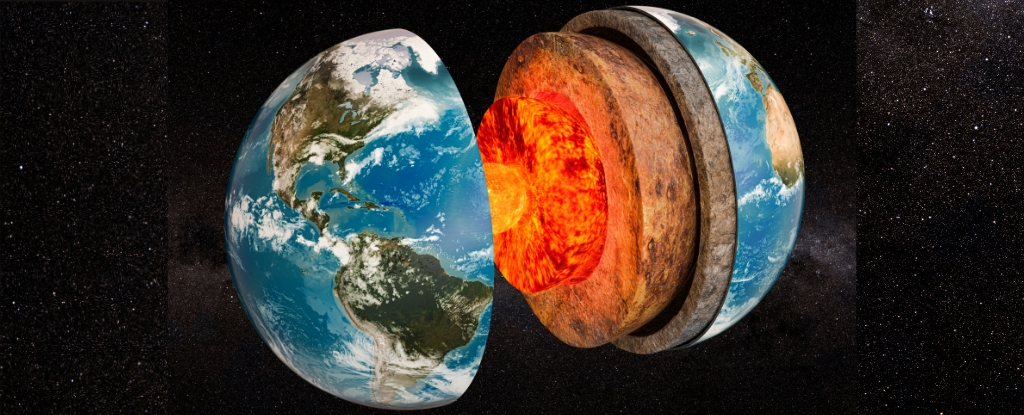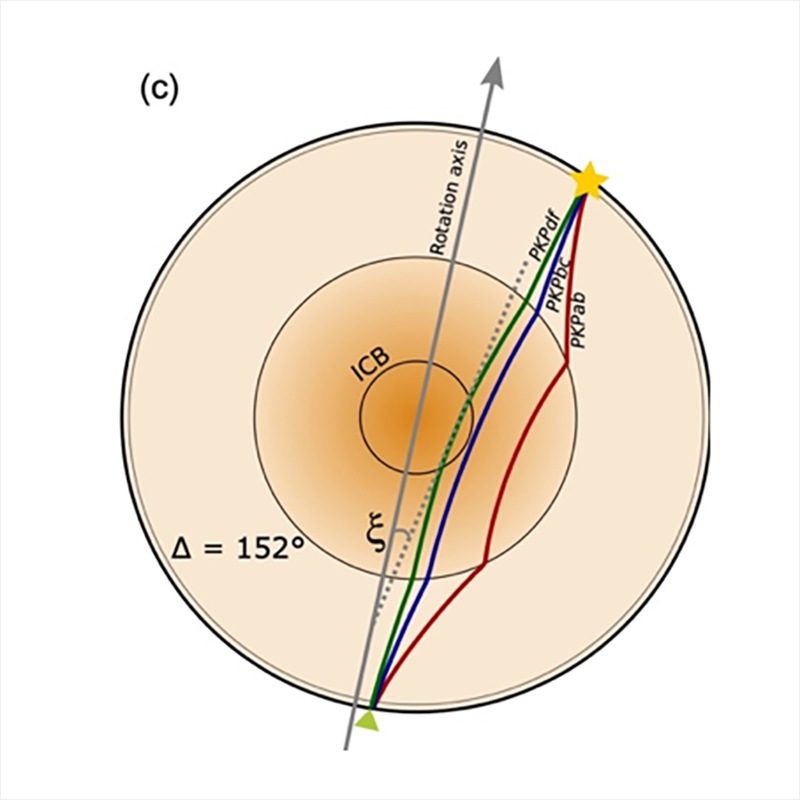Deep beneath our feet lies a mysterious world we rarely think about. While we often talk about Earth’s surface, scientists are uncovering tantalizing clues about what lies at its core. New discoveries suggest that the Earth’s inner core, long thought to be a solid ball of iron and nickel, may harbor an even more mysterious structure within it. Say hello to Earth’s “inner-inner core.”
This discovery isn’t just rewriting textbooks; it’s reshaping our understanding of Earth’s formation and history. But what exactly is this hidden structure, and why does it matter? If you’re a science enthusiast or an Earth science student, this article dives into all you need to know.
What Lies Beneath? A Quick Recap of Earth’s Layers
Traditionally, Earth has been taught as having four main layers:
- The Crust: The solid surface, making up less than 1% of the Earth’s volume.
- The Mantle: The thick, viscous layer of rock beneath the crust.
- The Outer Core: A layer of liquid iron and nickel creating Earth’s magnetic field.
- The Inner Core: A solid sphere of iron and nickel, extremely hot and under immense pressure.
But recent research flips this understanding on its head by proposing another layer within the inner core, often referred to as the “innermost inner core.”
Cracking the Code with Seismic Waves
How can we study something nearly 5,200 kilometers (3,200 miles) underground? Enter seismic waves. When earthquakes occur, they send waves reverberating through the planet. By measuring how these waves travel, scientists gather clues about Earth’s internal structure.
A team led by researchers at the Australian National University used decades of seismic data and advanced algorithms to investigate the inner core. They found that seismic waves behaved differently depending on the direction they were traveling within the inner core, revealing a change in the core’s structure at certain depths.
This groundbreaking data suggests there might be two distinct layers within the inner core, each with unique properties.
What Makes the “Inner-Inner Core” Special?
The big reveal centers on anisotropy, a property that describes how seismic waves move at different speeds depending on the material’s alignment. The study suggests:
- The structure of iron deep in the inner core varies, potentially transitioning to a new crystalline alignment.
- These changes point to two separate cooling phases in Earth’s history, marking significant events billions of years ago.
Essentially, the Earth’s inner core could hold clues to the planet’s history, similar to how tree rings record environmental changes over time.
“We might be looking at evidence of a massive, ancient event that shaped the Earth’s current structure,” says Joanne Stephenson, one of the lead researchers.

Above: A 3D model illustrating the Earth’s layers, including the potential innermost inner core.
Why Does This Discovery Matter?
The presence of a hidden inner structure opens up new questions about the Earth’s evolution:
- Earth’s Cooling History: Evidence of two distinct cooling events could reshape theories about Earth’s early stages.
- Magnetic Field Insights: The structure of the inner-inner core may hold clues about changes in Earth’s magnetic field, crucial for protecting life from solar radiation.
- Geological Mysteries: Understanding the inner-inner core can solve discrepancies in old seismic and mineral models.
Ultimately, this discovery adds another piece to the puzzle of how Earth became the habitable planet we know today.

Above: Seismic wave paths showing variations due to different core structures.
Challenges and the Road Ahead
Despite this exciting discovery, there are limitations. Current findings rely heavily on seismic data, but gaps in earthquake monitoring, especially near polar regions, limit the certainty of these conclusions. To confirm the existence of the inner-inner core, scientists need:
- Improved global seismic networks
- Advanced modeling techniques
- Collaboration across geophysics and mineral sciences
Future studies aim to fill in these gaps and uncover more details about this enigmatic layer.
A Step Towards Earth’s Hidden History
The discovery of a potential “inner-inner core” is more than just a scientific curiosity; it’s a portal to the past. This hidden layer could help answer fundamental questions about Earth’s formation, its magnetic field, and even the conditions that made life possible.
These are only the first glimpses into Earth’s innermost secrets. With further research, the story of Earth’s core may just be beginning.
Are you as fascinated by Earth’s hidden layers as we are? Share this article with your fellow science enthusiasts and spark a conversation about what lies beneath our feet!








